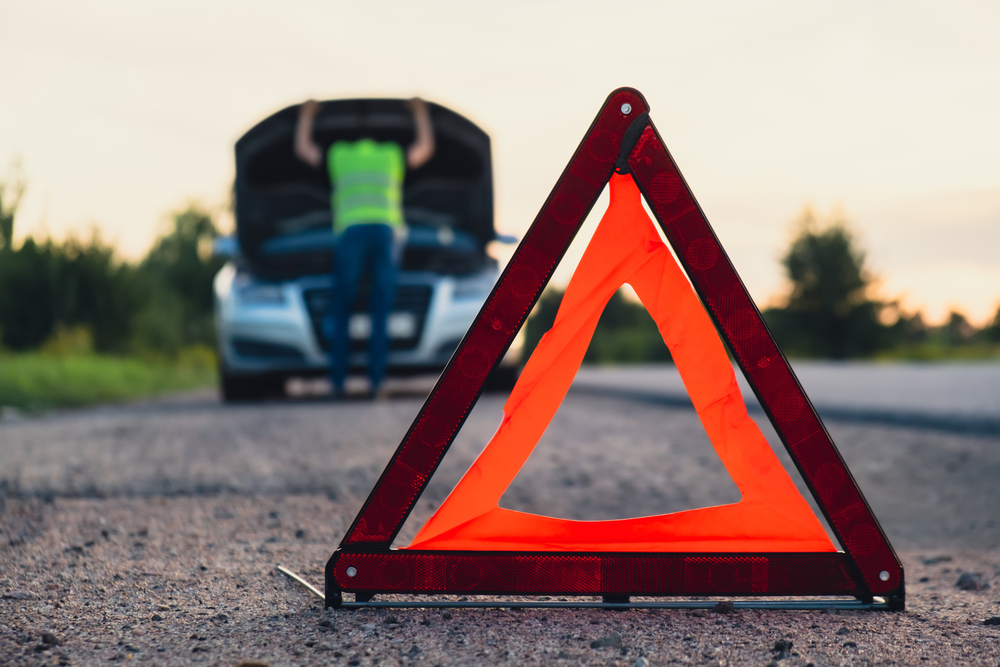Punctures are the bane of any motorist. They keep you off the road and prevent you from getting from A to B and sometimes there just isn’t anything that you can do to prevent them from happening.
Punctures are an inconvenience, there is no doubt about it, but with the advice in this guide you can make that inconvenience as small as possible, ensuring that the amount of time and money that it costs you is kept to an absolute bare minimum.
In this blog, we are going to walk you through what you should be doing when you get a puncture in your tyre, the steps you should take, and who you should be calling first, all with the goal of getting you safely back out on the road as soon as we can.

Should I drive with a punctured tyre
If you only have a very small puncture that is leaking air at a slow rate, you may be able to continue your journey, and may not even notice that you do indeed have a puncture.
However, if you are aware of a puncture, it is almost certainly impacting on the drive of the car and the tyre is at an unsafe pressure.
If you feel what you think may be a flat tyre, or experience any of the symptoms of a flat tyre, full over immediately.
Slow Punctures vs Fast Punctures
Slow punctures are unlikely to send your car swerving to the side of the road. They are not immediately obvious and can take days or even weeks to become noticeable.
If your car is fitted with a TPMS system, this will probably pick up the puncture before you can see it yourself.
If you think that you might have a slow puncture, check the pressure of your tyres on regular occasions over a period of days. If you spot the pressure falling at an unusual rate, call in a mobile tyre repair specialist from mobiletyres to assist.
The good news is that slow punctures are usually so small that if they are located in the repairable are of the tyre a mobile fitter will usually be able to patch repair it and a new tyre will not be required.
What about a flat tyre?
A flat tyre caused by a blowout or larger puncture is a bit more serious. A new tyre will almost certainly be required and you should never try to drive your vehicle until it has been installed.
If you install a spare tyre or have a run flat tyre installed remember these should only be used at 50 mph and never for any longer than necessary.
The great thing about mobile tyre fitting is that you don’t need to use these tyres at all, you can simply give them a call and have them come directly to the roadside to replace your tyres with a replacement that is in perfect working order.
Any Questions, get in touch.